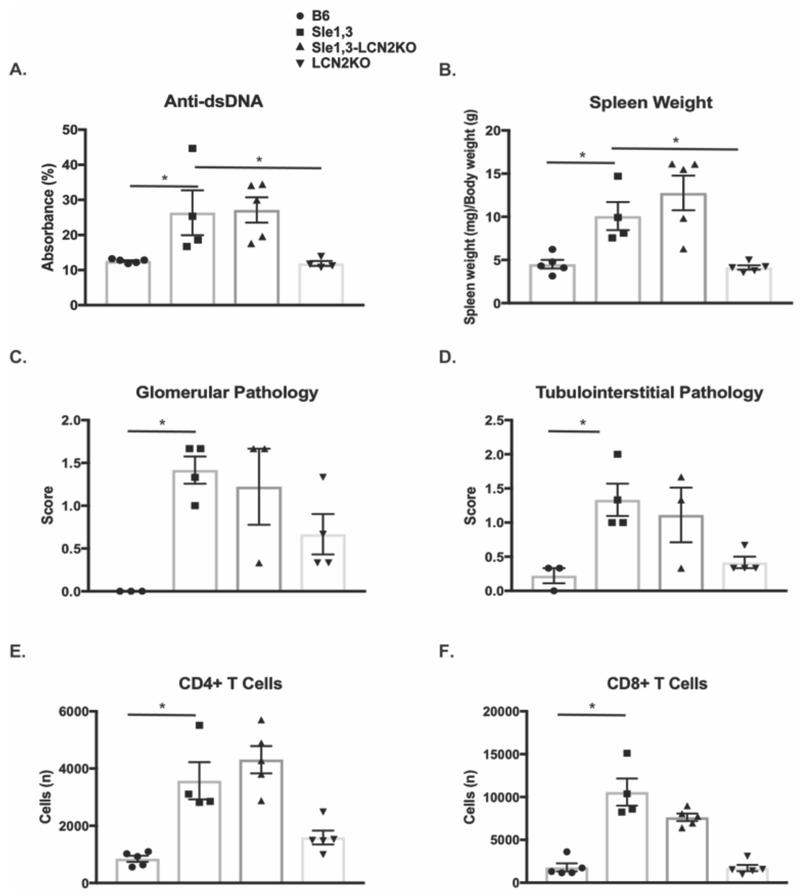Figure 3. Systemic disease burden is not reduced by LCN2 deficiency.
(A) Antibodies to double stranded DNA were assessed in serum diluted 1:3200 from mice at 7-10 months of age. Data were normalized and are shown as a percentage of positive control. B6: n=5; Sle1,3: n=4; Sle1,3-LCN2KO: n=5; and LCN2KO: n=4 (B) Spleen weight normalized to body weight was compared between groups to assess the presence of splenomegaly. B6: n=5; Sle1,3: n=4; Sle1,3- LCN2KO: n=5; and LCN2KO: n=5. (C-D) PAS stained kidney sections from 12-15-month old mice were scored blindly by an experienced nephropathologist on a scale of 0 to 4, where 0 was no apparent disease and 4 was the most severe. B6: n=3; Sle1,3: n=4; Sle1,3-LCN2KO: n=3; and LCN2KO: n=4. (C) Glomerular parameters assessed included sclerosis, deposits, and endocapillary proliferation. (D) Tubulo-interstitial parameters included tubular casts and dilatation and interstitial fibrosis and inflammation. The average score in glomerular (C) and tubulo-interstitial (D) pathology for each sample is shown. n=3-4/group. (E-F) Single-cell suspensions from hemisected brains were analyzed by flow cytometry to quantify populations of infiltrating (E) CD4+ T cells and (F) CD8+ T cells. B6: n=5; Sle1,3: n=4; Sle1,3-LCN2KO: n=5; and LCN2KO: n=5. Results are displayed as mean±SEM. *p<0.05 by ANOVA and post-hoc Dunnett’s multiple comparisons test (A-B) or by Kruskal-Wallis and post-hoc Dunn’s multiple comparisons test (C-F).

